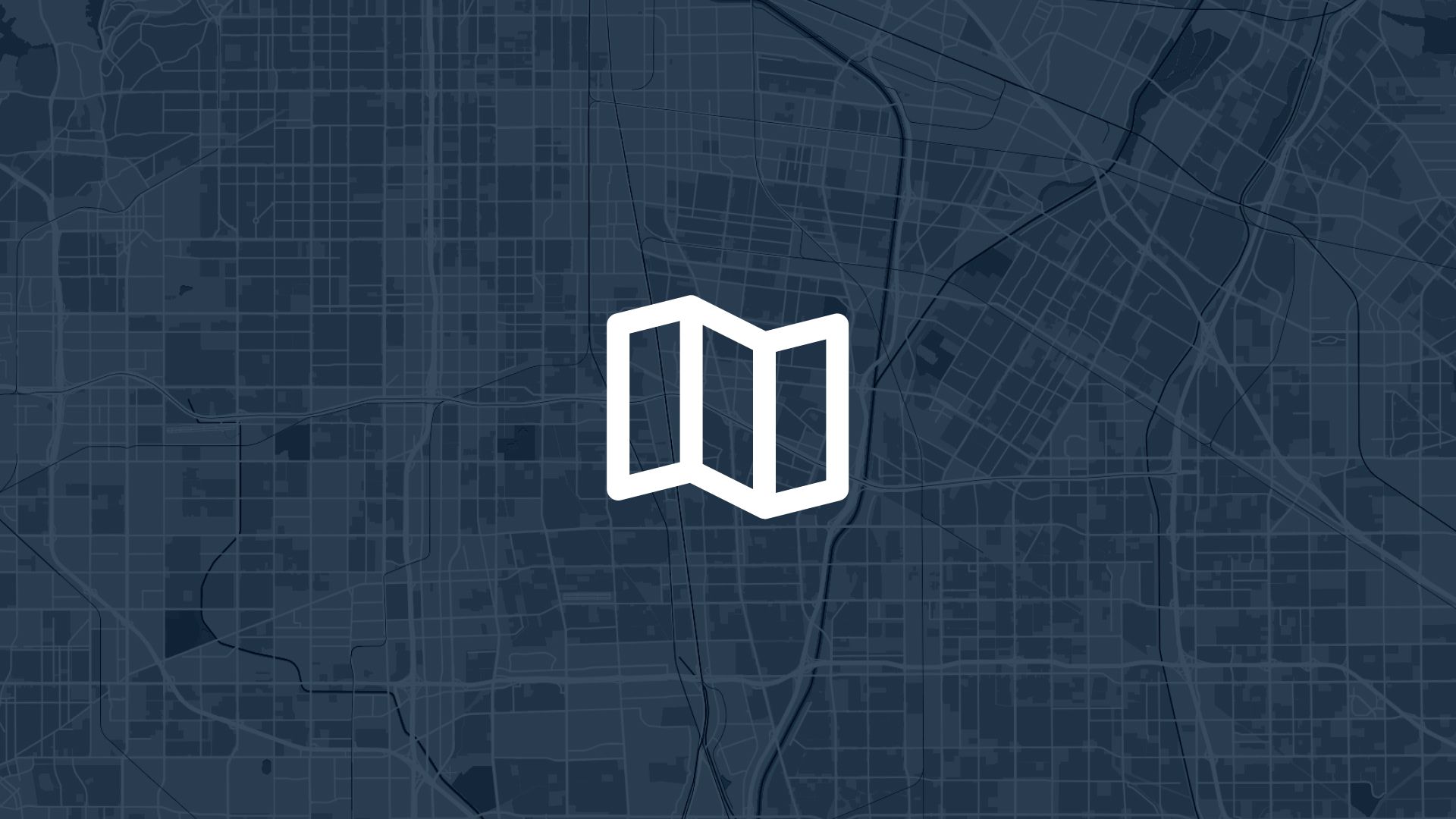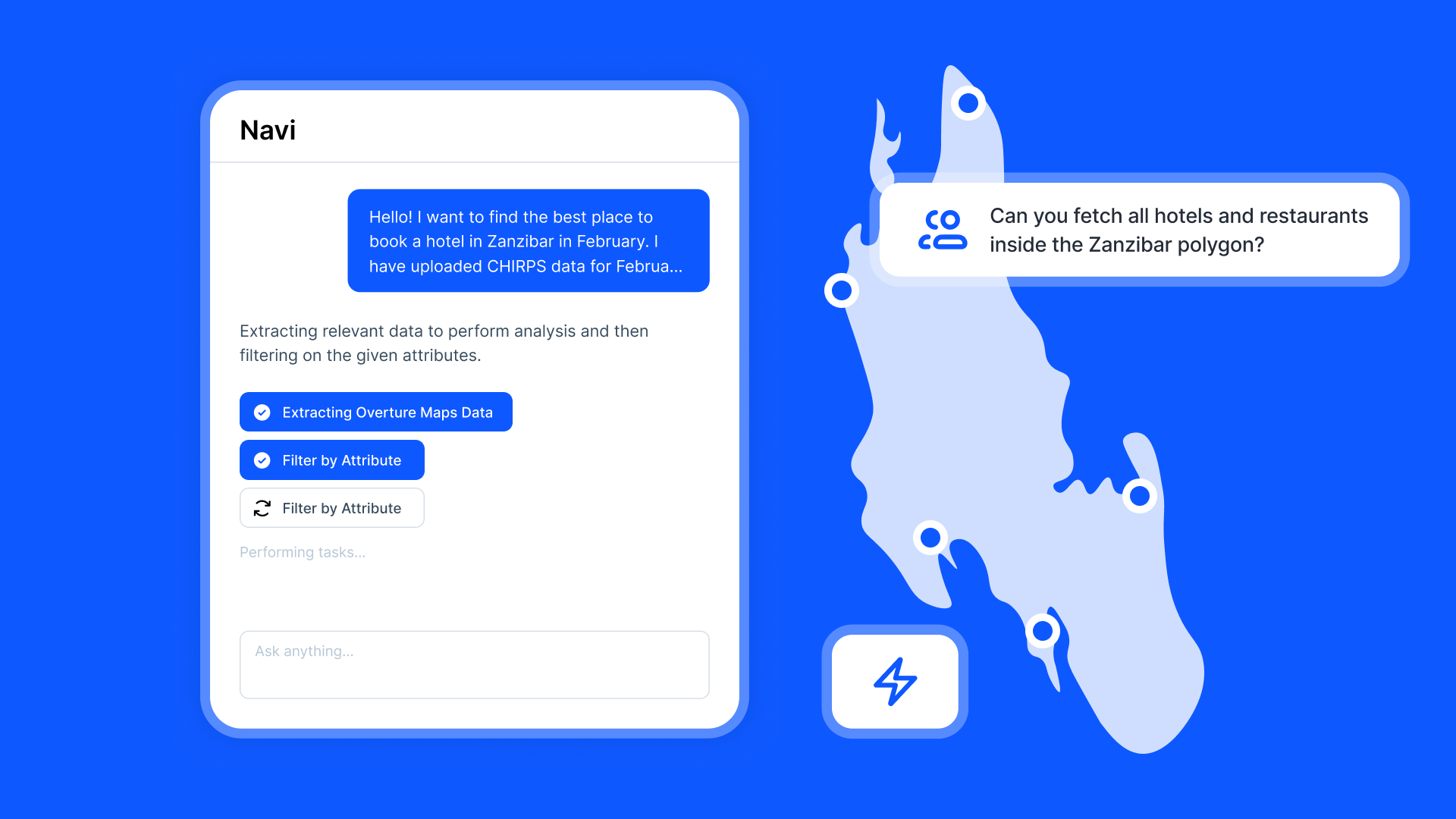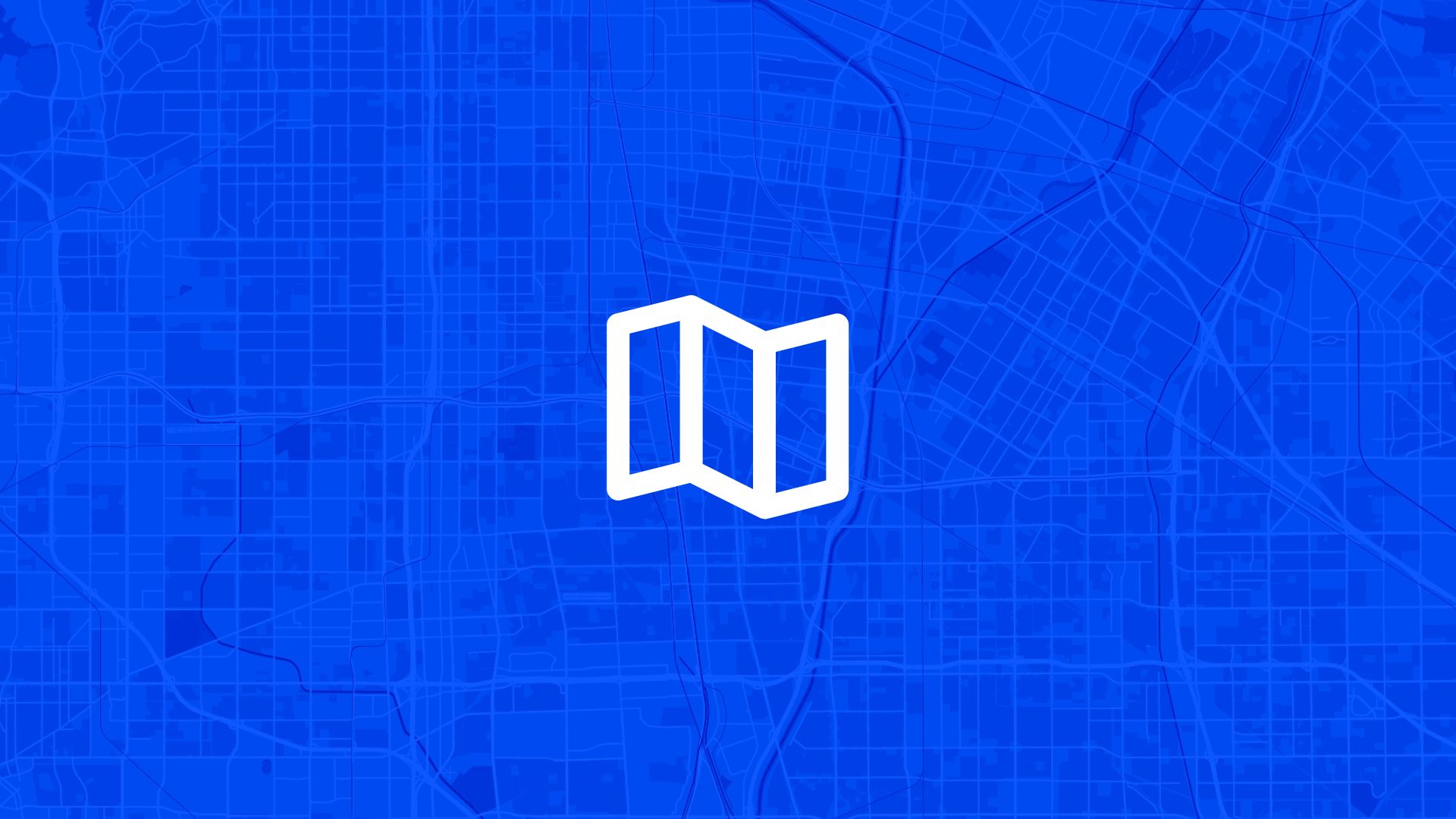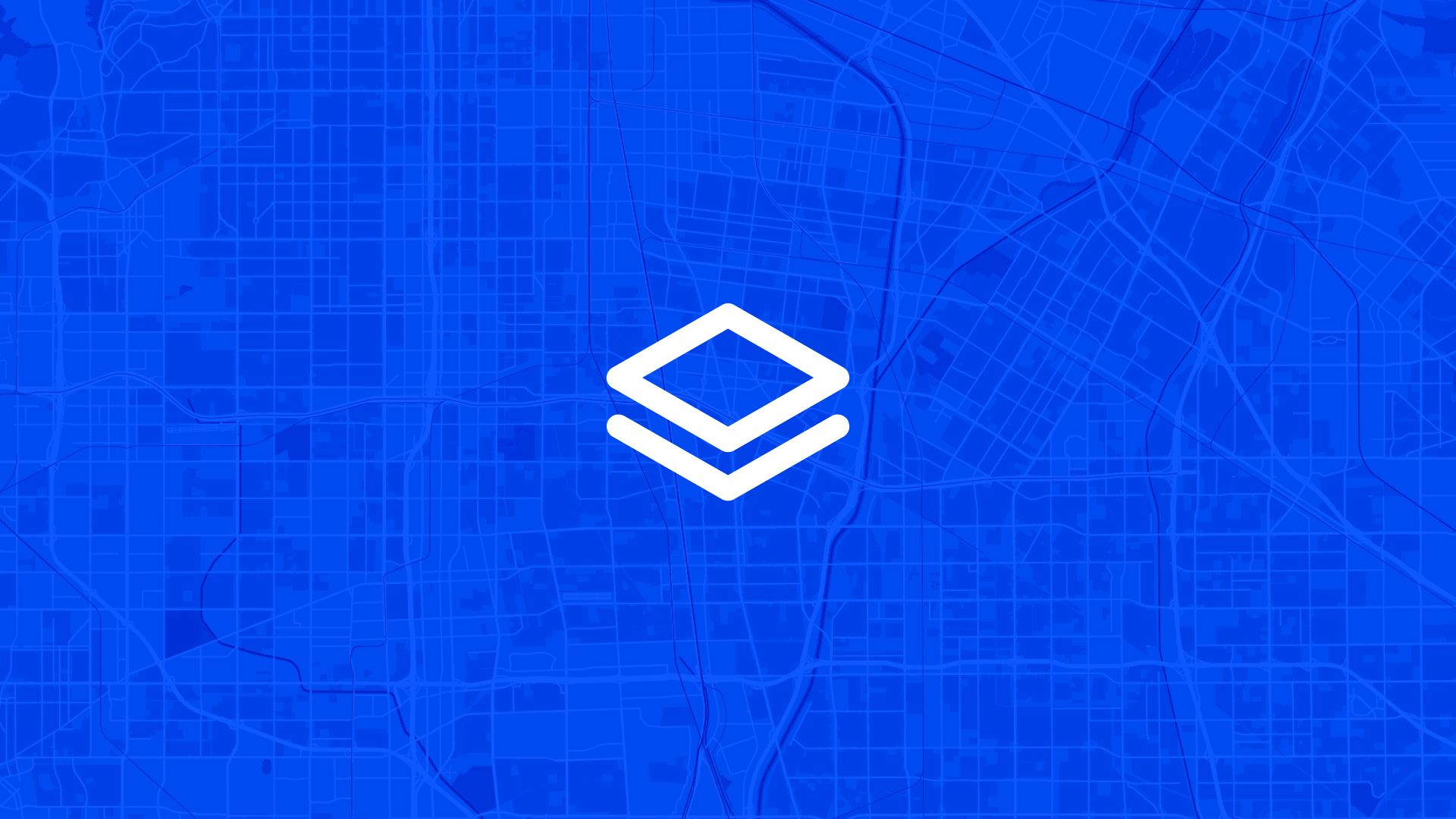The most accessible elections start with clear, public mapping of voting locations that helps every eligible voter understand exactly where and how to cast their ballot.
If your voting location information relies only on written addresses, printed lists, or static websites that lack geographic context and accessibility details, you're creating barriers that prevent civic participation. That's why experienced election administrators ask: can we create a public voting location map that shows polling places with complete accessibility information and enables voter feedback on their voting experience?
With Atlas, you can create public voting location maps that combine comprehensive polling place information with voter feedback capabilities for continuous improvement. No confusing address lists, no disconnected accessibility information, no uncertainty about voting location details. Everything starts with clear geographic voting information and meaningful civic engagement.
Here's how to set it up step by step.
Why Public Voting Location Mapping Matters for Civic Engagement
Creating public voting location maps with accessibility information enables better voter participation and more effective election administration.
So public voting location mapping isn't just good voter service—it's essential election administration that supports democratic participation and accessible voting for all eligible citizens.
Step 1: Map All Voting Locations with Complete Information
Atlas makes it easy to create comprehensive voting location mapping:
- Upload polling place locations showing exact addresses and geographic positions for all voting sites
- Add precinct boundaries indicating which voters should use each polling place based on their home address
- Import accessibility information including parking availability, entrance access, and disability accommodations
- Include transportation access showing public transit routes, bus stops, and alternative transportation options
Once configured, your voting location map provides the geographic foundation for accessible, informed civic participation.
Step 2: Display Comprehensive Polling Place Details
Next, create detailed information display for each voting location:
You can show different polling place features:
- Facility information including building names, entrance locations, and hours of operation for each election
- Accessibility features highlighting ramp access, accessible parking, ballot marking devices, and assistance availability
- Parking and transportation showing available parking areas, public transit connections, and drop-off zones
- Ballot drop-off options including secure ballot boxes, early voting locations, and mail ballot return sites
- Special accommodations indicating curbside voting availability, language assistance, and other voter services
- Contact information providing phone numbers and resources for voters who need additional assistance or information
Each polling place gets comprehensive information display that helps voters plan their voting experience successfully.
Step 3: Enable Voter Feedback on Polling Place Experience
To collect meaningful input on voting location accessibility and service quality:
- Create feedback areas at each polling place where voters can report on their voting experience and accessibility
- Set up service categories for wait times, accessibility, staff assistance, and facility conditions
- Add accessibility reporting where voters can identify barriers and suggest improvements for future elections
- Include suggestion capabilities allowing voters to recommend better polling place locations or service improvements
- Configure anonymous feedback so voters can provide honest input about their voting experience without privacy concerns
Voter engagement becomes part of continuous election administration improvement and accessibility enhancement.
Step 4: Design Accessible Public Voting Information
To make voting location information inclusive and straightforward for all voters:
- Create simple map access through shareable links that work on any device without requiring special apps or technical expertise
- Design clear location information with visual landmarks, photos, and plain language directions to polling places
- Set up multilingual support accommodating diverse community languages and communication preferences for all voters
- Configure accessibility features ensuring people with disabilities can access complete voting location and accommodation information
- Add mobile optimization so voters can access voting location information easily from phones while traveling to polls
Public voting information becomes accessible to all eligible voters regardless of technical experience or resources.
Step 5: Manage and Respond to Voter Feedback
To use voting location feedback effectively for election administration improvement:
- Create feedback organization systems grouping voter input by polling place, accessibility issue, and service improvement opportunity
- Set up response procedures showing how election officials will address voter concerns and accessibility barriers
- Design improvement tracking documenting how voter feedback influences polling place selection and accessibility upgrades
- Configure notification systems alerting election administrators about urgent accessibility issues or service problems
- Establish transparent communication showing how voter input improves election administration and polling place accessibility
Step 6: Integrate Voting Maps with Election Administration
Now that voter feedback is built into polling place mapping:
- Generate accessibility reports summarizing polling place barriers and improvement needs based on voter feedback
- Create service quality documentation showing wait times, staff performance, and facility conditions across all voting locations
- Set up election administration communication keeping staff and officials informed about voter feedback and service improvements
- Design compliance integration incorporating accessibility feedback into ADA compliance reviews and polling place evaluations
- Export voting data for integration with election management systems, accessibility audits, or civic engagement reporting
Your public voting location mapping becomes part of comprehensive, voter-responsive election administration and civic engagement.
Use Cases
Adding voting locations to public maps is useful for:
- Election administration offices improving voter access and collecting feedback on polling place accessibility and service quality
- Municipal clerk offices supporting local election administration and ensuring accessible voting for all community members
- Disability advocacy organizations monitoring polling place accessibility and advocating for barrier removal and accommodation improvements
- Civic engagement groups helping voters understand their voting options and encouraging participation in democratic processes
- Community organizations supporting voter education and ensuring all community members can participate in elections effectively
It's essential for any election administration where accessible voting information and continuous improvement support democratic participation.
Tips
- Update maps for every election ensuring voting location information reflects any polling place changes or accessibility improvements
- Include early voting locations showing all available voting options including early voting sites and ballot drop-off locations
- Provide sample ballot information helping voters understand what will be on their ballot before arriving at the polling place
- Add wait time information when possible, helping voters plan their voting schedule and choose less crowded voting times
- Partner with disability organizations to ensure accessibility information is accurate and comprehensive for voters with disabilities
Adding voting locations to public maps in Atlas enables comprehensive civic engagement and accessible democratic participation.
No separate voting information systems needed. Just map polling places, display accessibility information, and create the transparent election administration that connects voter needs with better democratic outcomes.
Planning and Public Feedback with Atlas
When you're planning projects that affect communities, the challenge isn't just creating good technical solutions—it's making sure those solutions work for the people who will live with them.
Atlas gives you the tools to make planning truly participatory: one map for proposals, community input, and transparent decision-making.
Share Plans and Collect Location-Specific Input
You can:
- Upload planning proposals with clear visual context and project details
- Enable public comments tied to specific geographic locations and planning elements
- Moderate and organize community feedback for meaningful analysis and response
Also read: Create a Public Feedback Map for a Project
Build Transparent, Responsive Planning Processes
Atlas lets you:
- Show how public input influences planning decisions and proposal modifications
- Create comprehensive engagement records for planning commission review and public accountability
- Export community feedback for integration with planning workflows and decision documentation
That means no more disconnected public input, and no more questions about whether community voices actually matter in planning decisions.
Plan Better with Community Knowledge
Whether you're updating comprehensive plans, reviewing development proposals, or planning infrastructure improvements, Atlas helps you tap into local knowledge that makes plans work better for everyone.
It's community-centered planning—designed for genuine public participation.
Boost Your Planning Process with the Right Tools
Planning moves fast, but communities need time to understand and respond to proposals. Whether you're collecting input, analyzing feedback, coordinating stakeholders, or making decisions—clarity and participation matter.
Atlas gives you both.
In this article, we covered how to add voting locations to a public map, but that's just one of many things you can do with Atlas.
From project visualization to community engagement, stakeholder coordination, and transparent development, Atlas makes complex project planning accessible and participatory. All from your browser. No project management expertise needed.
So whether you're launching development projects, infrastructure improvements, or community initiatives, Atlas helps you move from "announcing projects" to "engaging communities" faster.
Sign up for free or book a walkthrough today.





